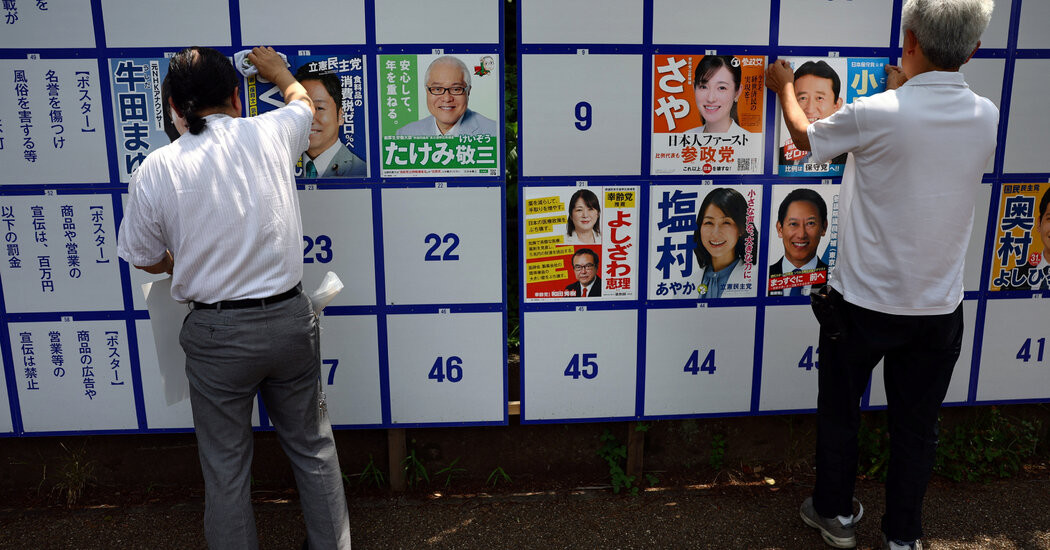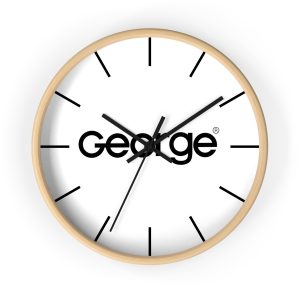

Shigeru Ishiba of the long-governing Liberal Democratic Party could face calls to resign if his party fares poorly in Sunday’s Upper House elections.
Polls open on Sunday in Japan, where half of the seats in its Upper House of Parliament will be contested in the first national election since Prime Minister Shigeru Ishiba took office last year. The emergence of right-wing populist parties that appeal to younger voters has threatened the long-governing Liberal Democratic Party and its coalition partner, with polls showing they could lose seats, and perhaps even their majority, in the chamber.
Japan faces four big problems: difficult trade talks with Washington, a more assertive China, an aging population and the sharpest price increases in 30 years. Of these, the last has been the single biggest issue with voters, whose incomes have not kept pace. A hot-button issue has been the cost of rice, a vital staple that has doubled in price because of poor harvests and government policies.
There is also a growing discontent with the United States, which no longer looks like the reliable partner it once was. Many Japanese have felt betrayed by the Trump administration’s threat to impose a 25 percent tariff on all of their country’s exports to the United States on Aug. 1, unless Tokyo opens up its already troubled rice market and agrees to buy more U.S.-made cars.
Immigration has also emerged as an issue, as Japan has taken in an additional million workers over the past three years to fill jobs left vacant by the decline in the working-age population. While foreign residents make up only 3 percent of Japan’s population, populist parties like the Sanseito have won voters with calls to limit immigration.
Here is a guide to the election and why it matters.
Japan holds Upper House elections every three years; this cycle will decide who holds 124 of 248 seats. Voting takes place from 7 a.m. to 8 p.m. Sunday, with exit polls released minutes after it ends. Official results will come early Monday.



